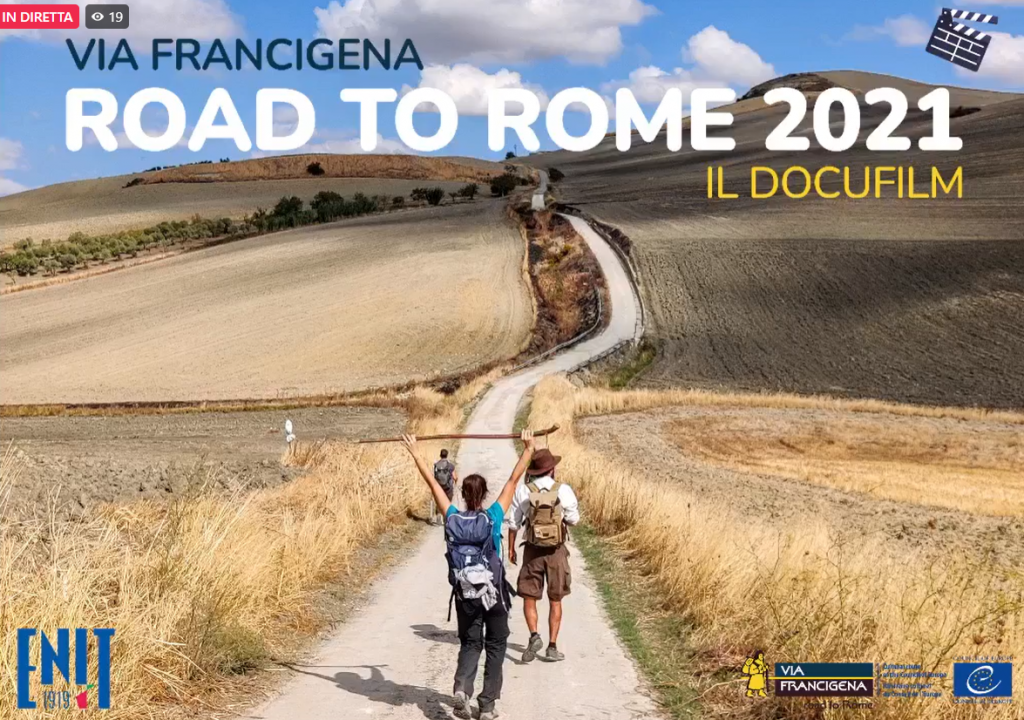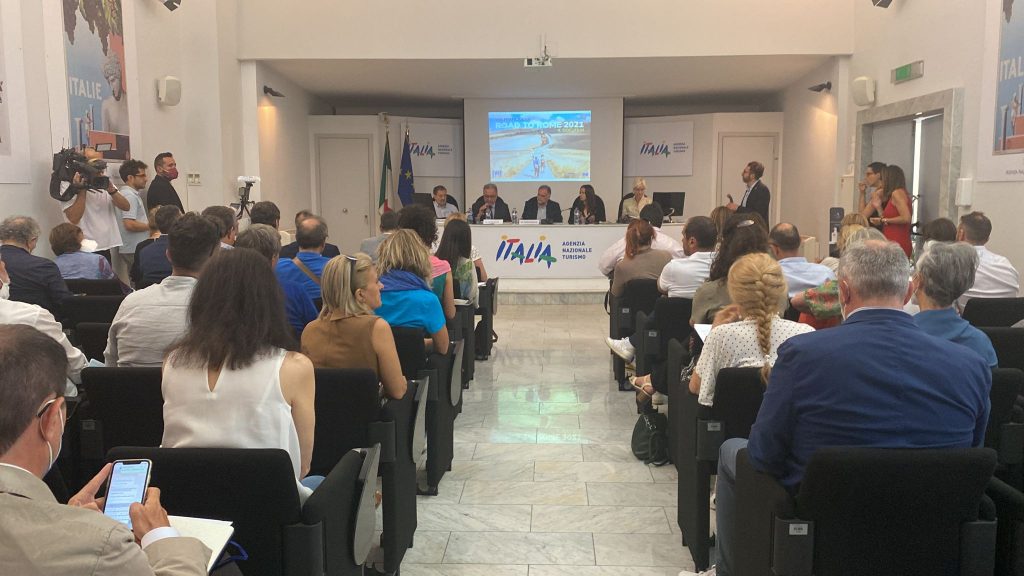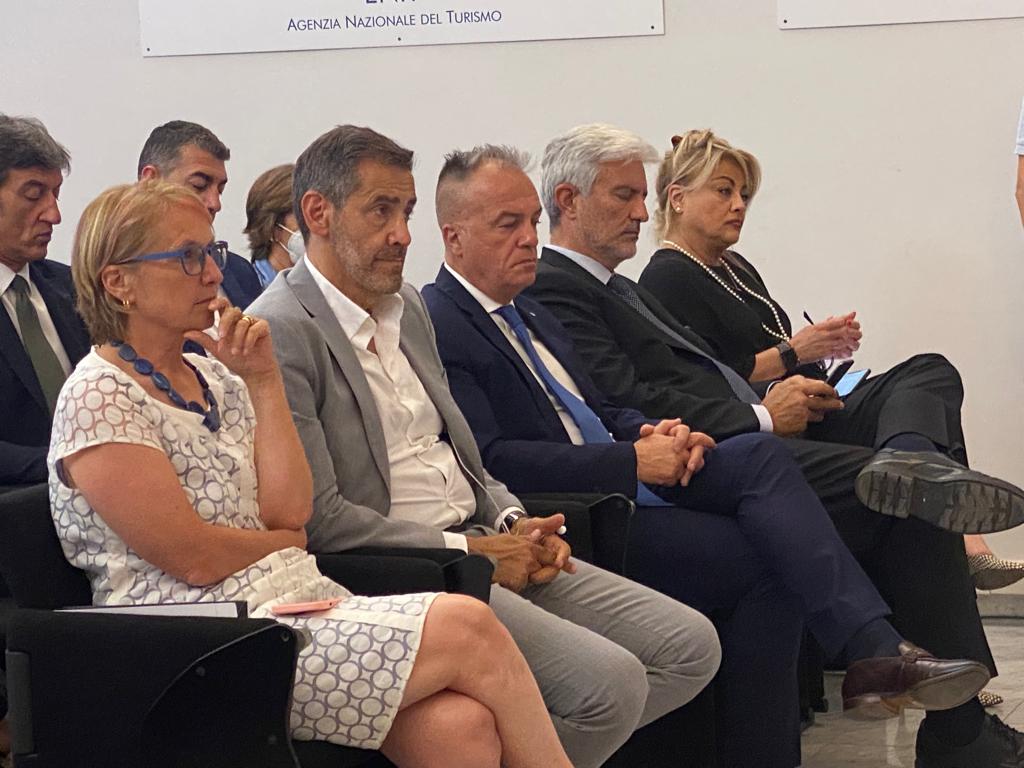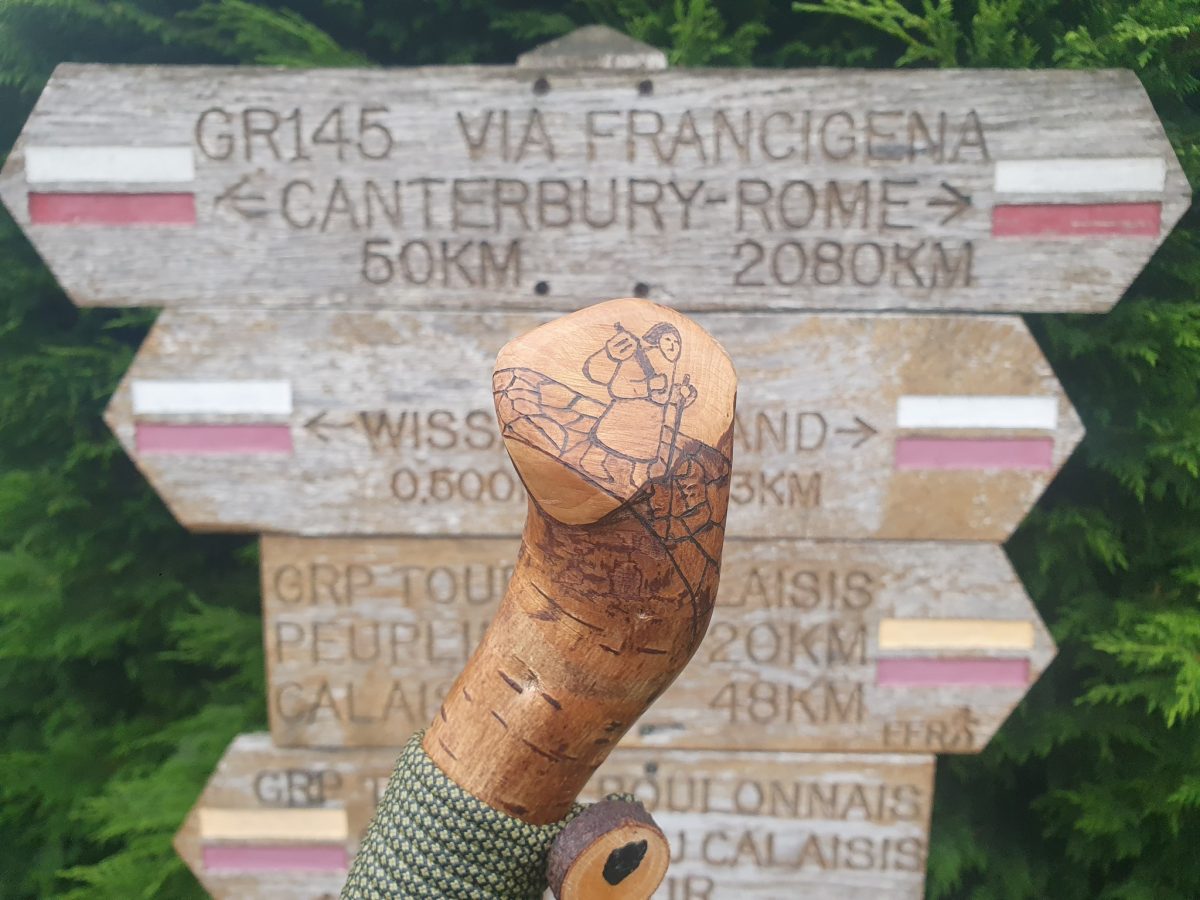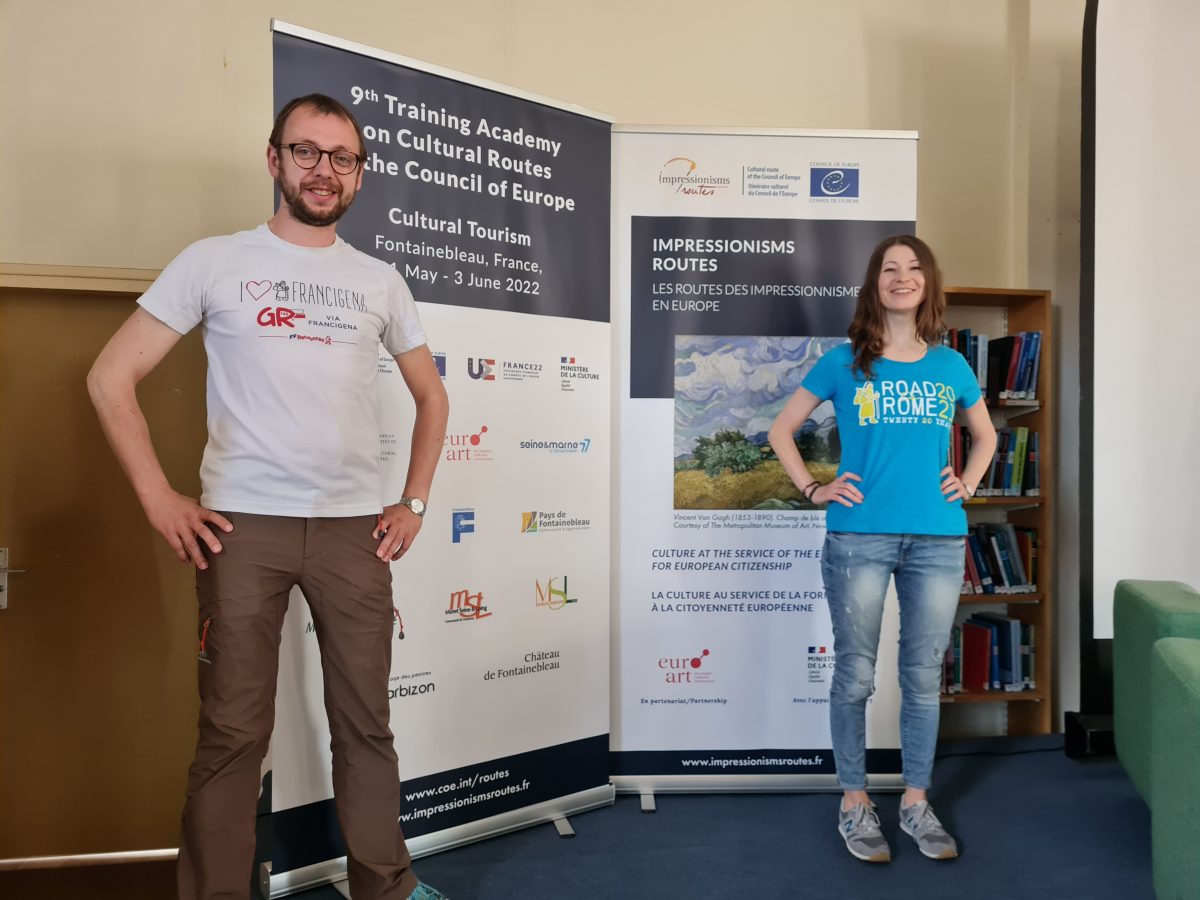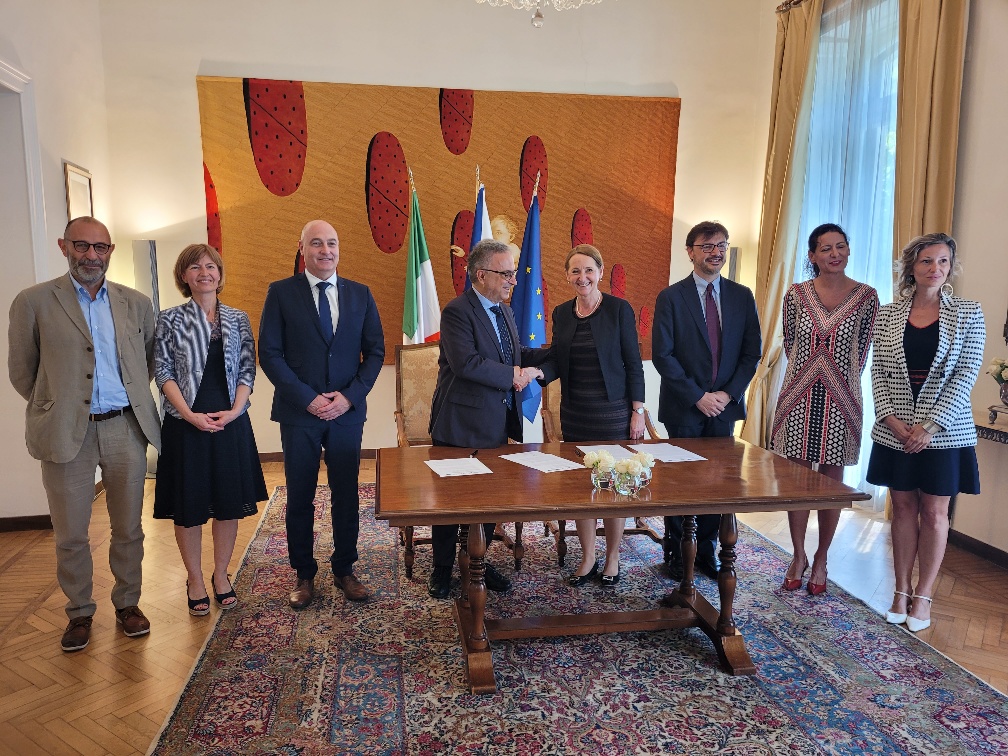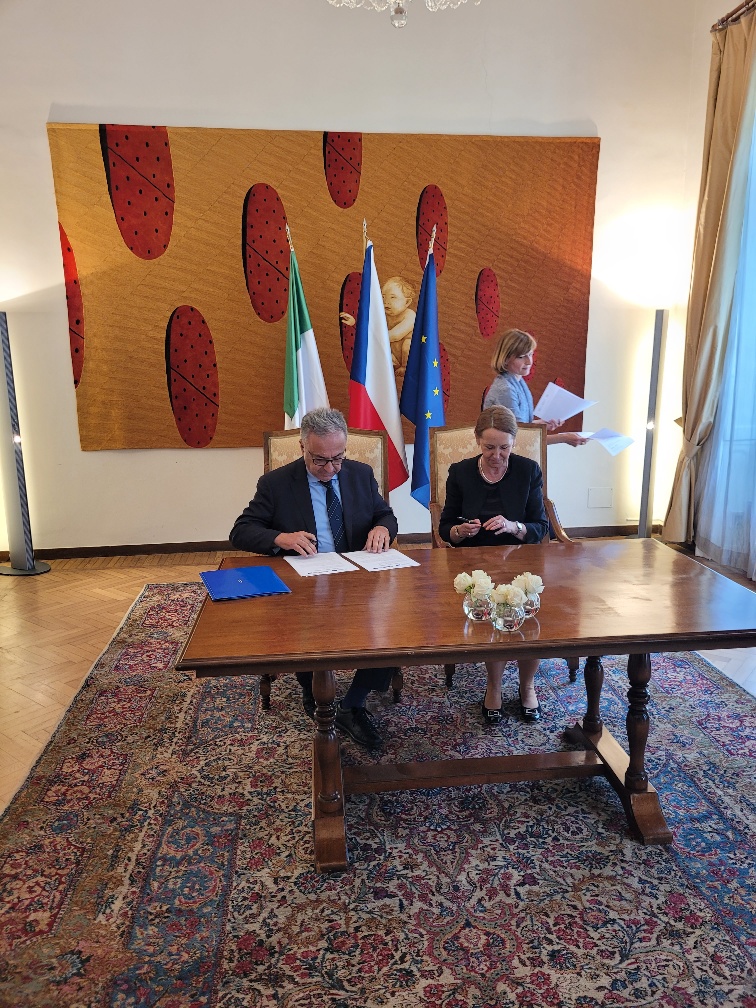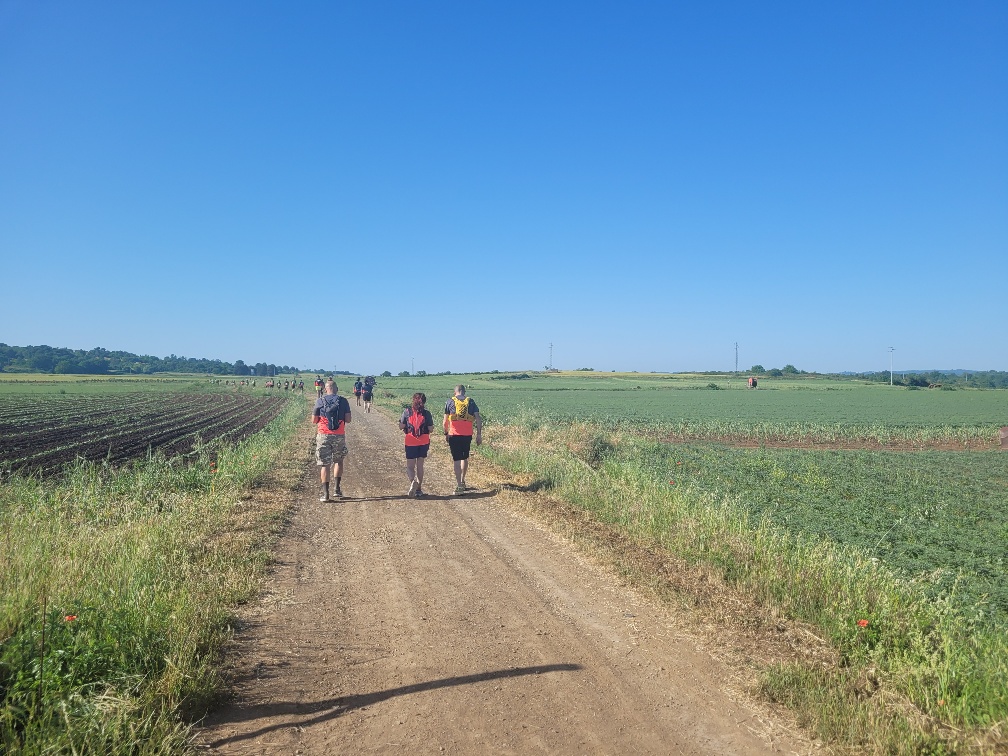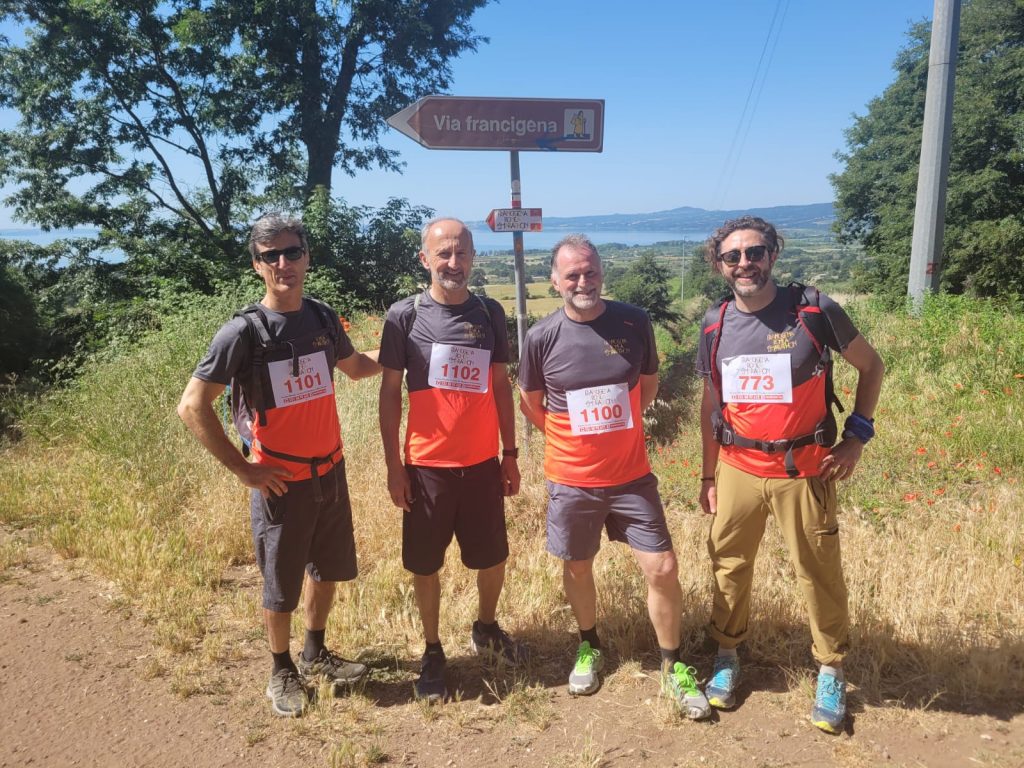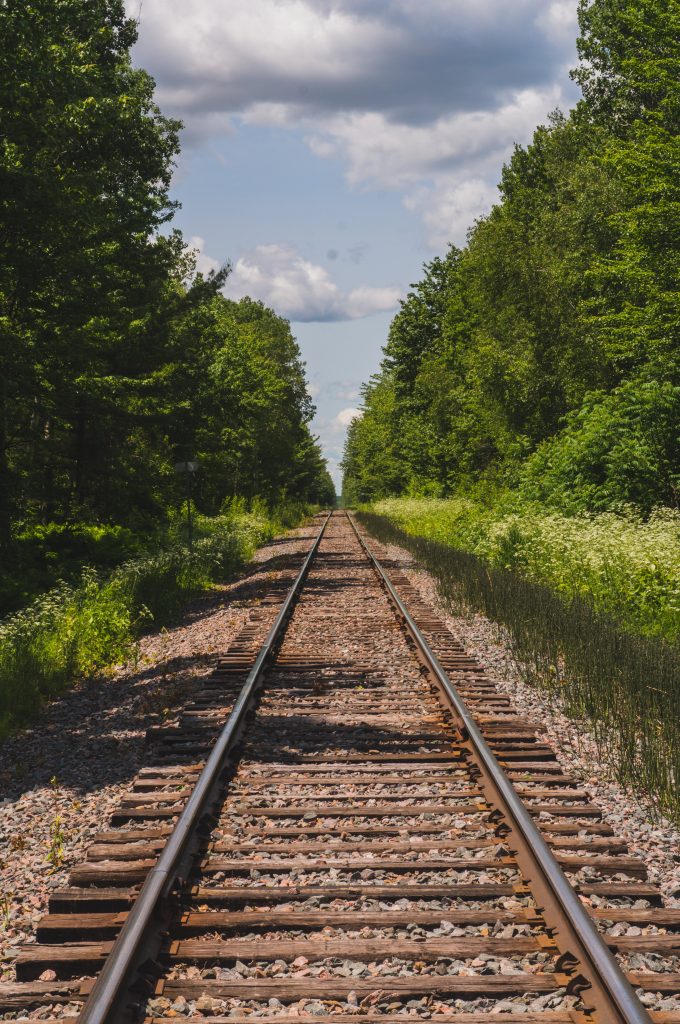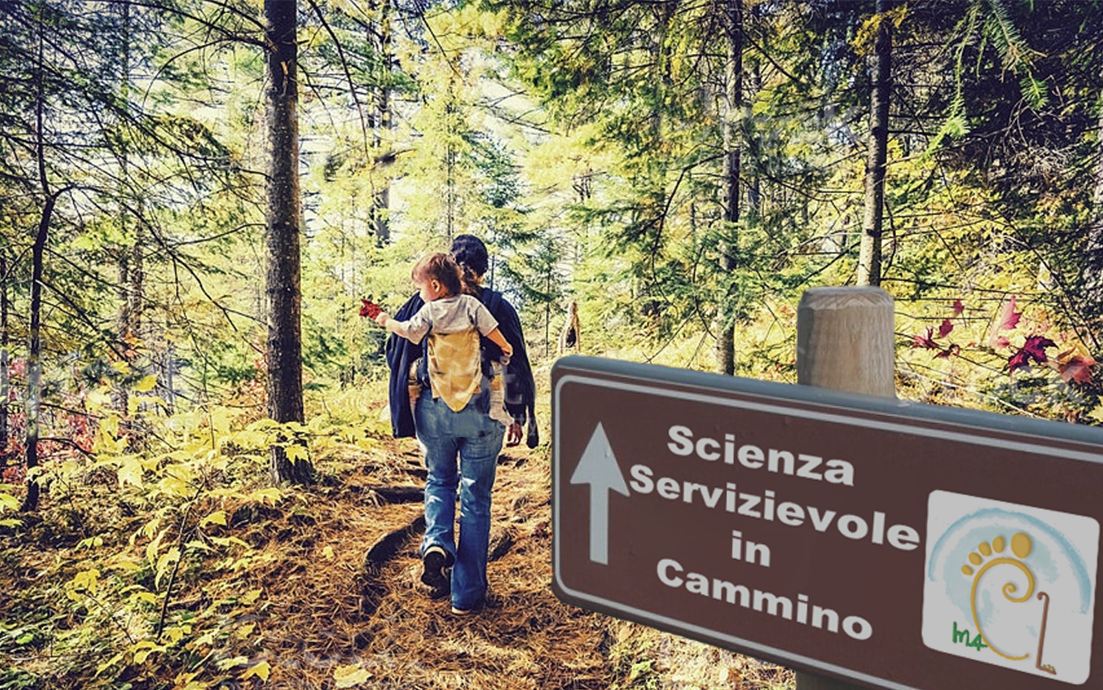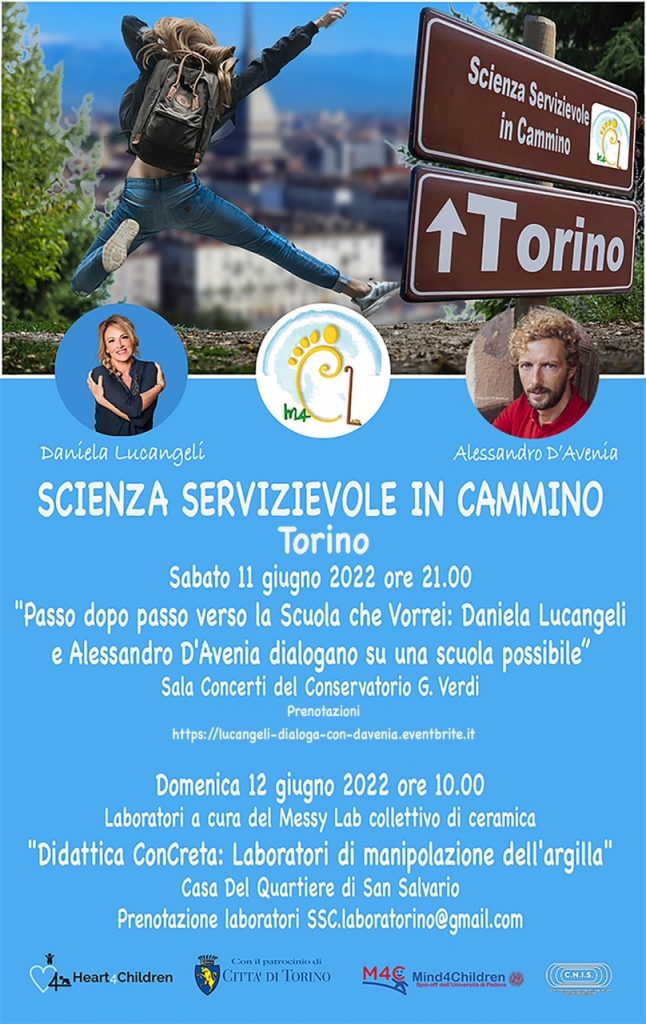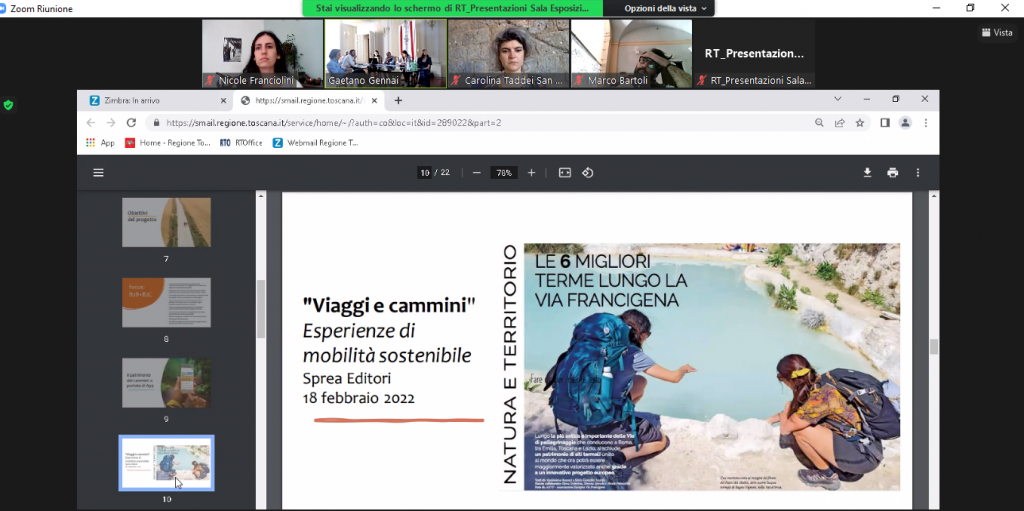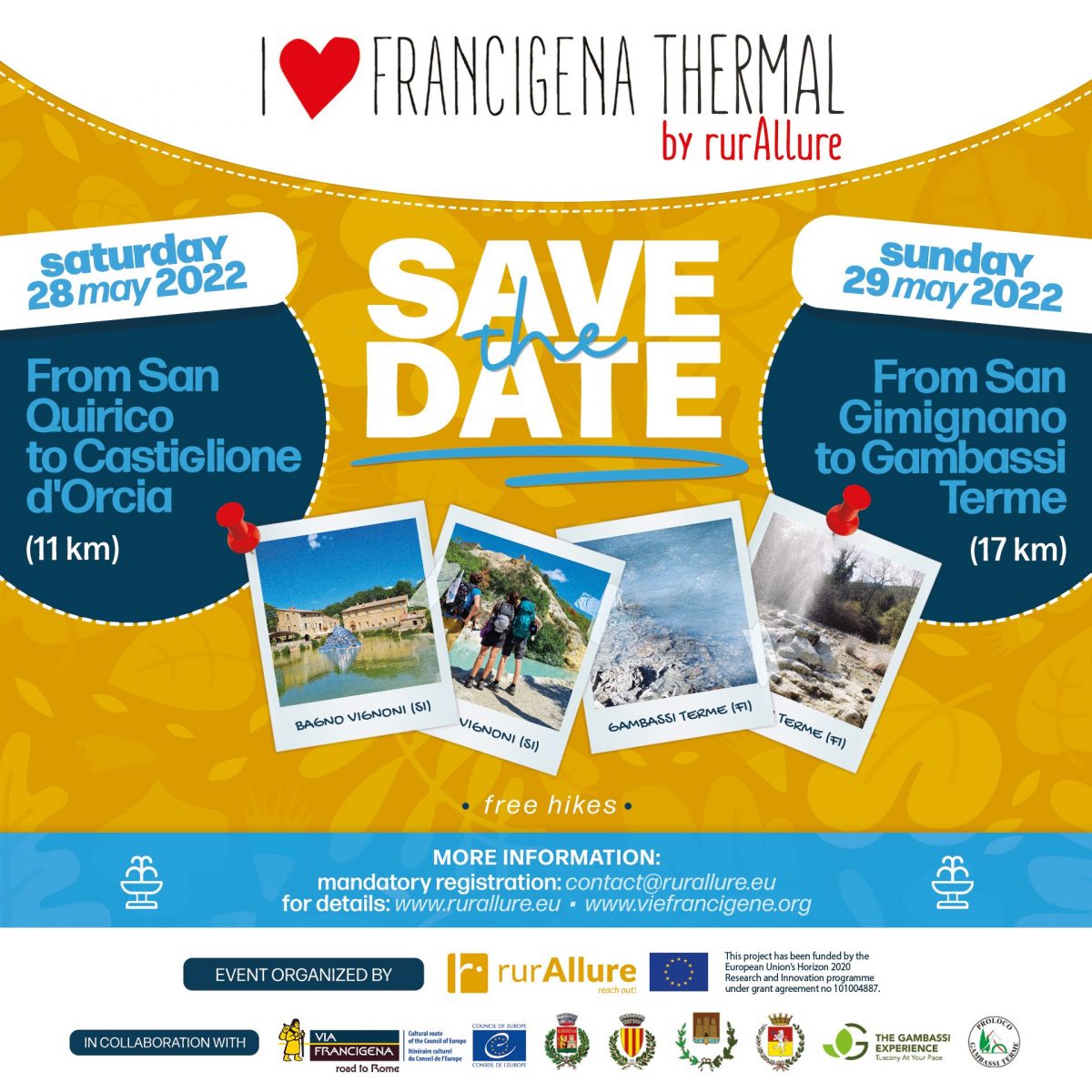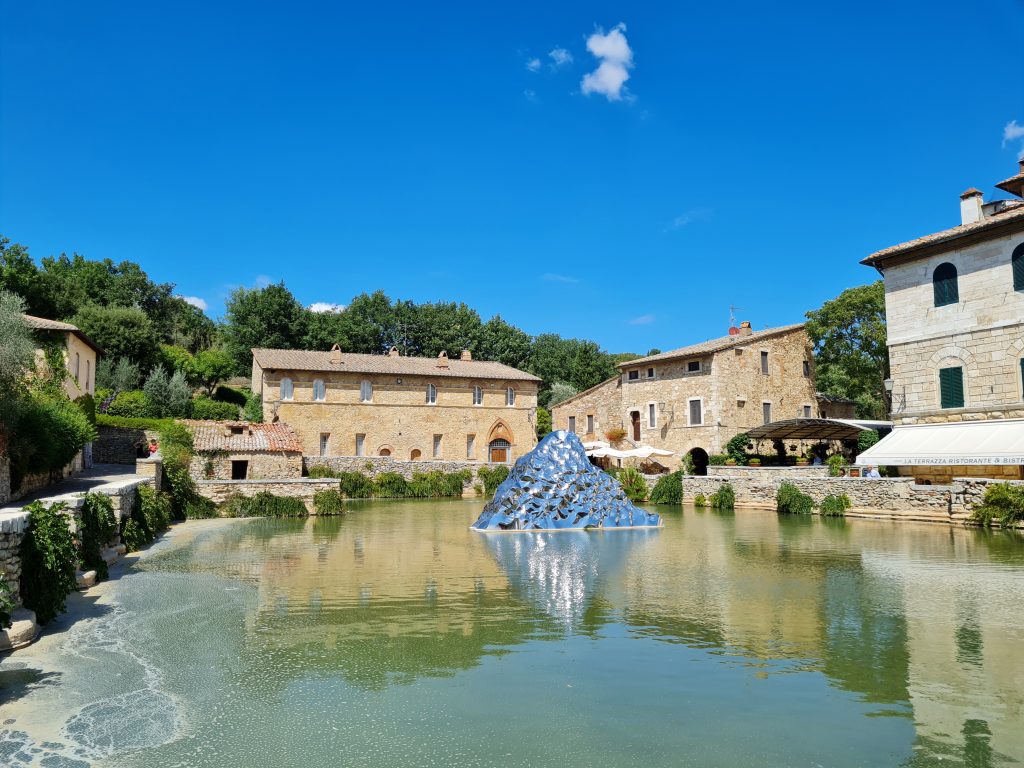One year after ‘Via Francigena. Road to Rome 2021. Start Again!‘, the 3,200 km relay march we covered last summer, the journey has become a docufilm. The movie collects stories of travellers along the epic voyage from Canterbury to Rome, up to the “Finibus terrae” of Santa Maria di Leuca, in Apulia, but it also highlights ongoing projects that enhance territories along the Via.
The European march led indeed to the production of a docufilm paying tribute to the memorable four months walking through England, France, Switzerland and Italy along Sigeric’s historic route, on the occasion of the 20th anniversary of the European Association of Via Francigena ways.
Do you want to watch the docufilm?
Register to watch it now by CLICKING HERE
If you are a public administration or an association and wanto to organize a screening of the docufilm SEND YOUR REQUEST
“Last year, with this great crossing of over 3,000 kilometres – two thirds of which in Italy – we bet on the relaunch of slow tourism: data confirm that the ‘start again!’ – slogan of the initiative – was a good omen. The number of people walking along the Via Francigena, in Italy and in other countries, confirmed this. The actions supporting the candidature of the Via Francigena as a UNESCO World Heritage Site have also achieved important results“, said Massimo Tedeschi.
More than 3,500 travellers followed the Road to Rome on foot together with 28 bloggers, 11 video-makers and dozens of journalists together with Tik Tok influencers, youtubers and Instagrammers. As a result, we created 16 regional videos, 55 reels, 1000 high-resolution photographs, 117 blog articles in English, Italian and French, 117 podcasts, a magazine entirely dedicated to the event, and 500 articles published across the international press.
Human paths were revolutionised within the journey, said Myra Stals, the face of Road to Rome who walked the entire journey, describing it as ‘an experience that involved my whole body and head, because walking every day through 16 regions and 638 municipalities was an experience moved by the heart. I call forth the willingness of all young people to find the space and the desire to set out on their own personal journey’.
Compared to 2019, there is an evident increase in the number of young people who decide to walk the Via Francigena: those under 17 make up for 5% (2% in 2019), while 13% are in the 18-24 age group. The highest percentage is in the 45-54 range (21%). The presence of young people on the route is an element of great importance that testifies to the attractiveness of this experiential and cultural journey, even for a target group that was little present on the Via until now. The itinerary is already being visited by 80 countries around the world: a success in which the growing presence of women was decisive, with the extra gear of an unprecedented Literary Pilgrim Relay from the Ilaria Canali “Girls in Gamba” community.
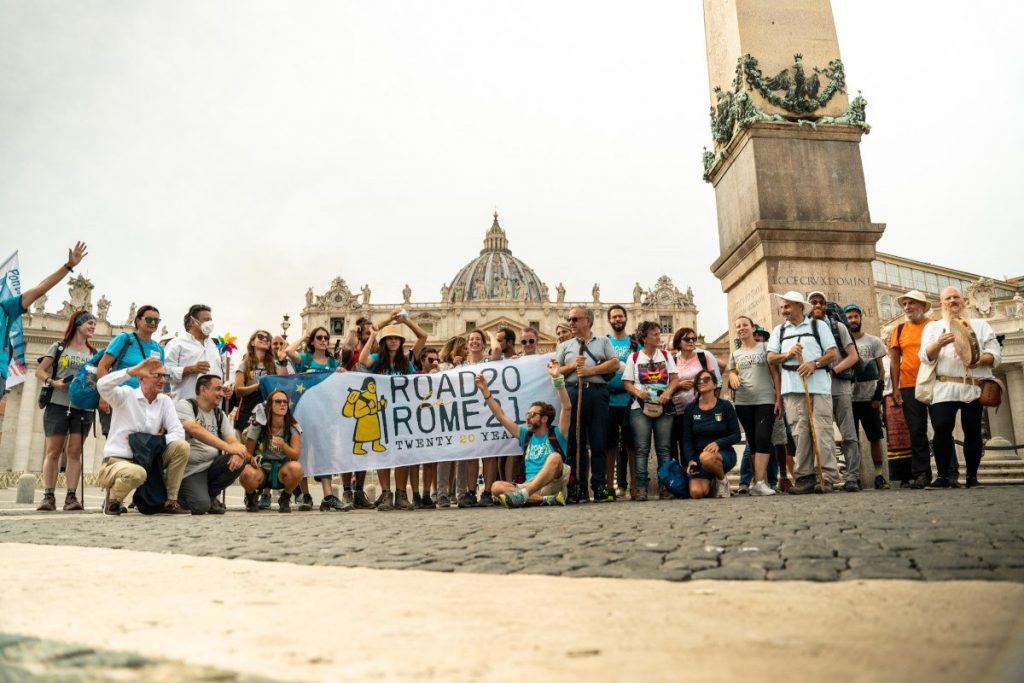
The docufilm ‘Road to Rome’, presented in Rome at the ENIT – Italian Tourism Agency headquarters, was attended by the Italian Tourism Minister Massimo Garavaglia, ENIT’s Director Roberta Garibaldi, ENIT Marketing and Promotion Director Maria Elena Rossi, together with Massimo Tedeschi, EAVF’s President, Sergio Valzania, writer and historian, and Myra Stals, EAVF’s social media manager.
“Paths that transform travelling into widespread places. A fil rouge, a storytelling made of people who meet along the way marking a return to authentic experiences. The trip charged us with expectations and emotions that have been enhanced with the arrival in Italy of the “Road to Rome” relay that had a tangible impact on all the Peninsula and all its unique cultures and lifestyles” declares ENIT’s Director Roberta Garibaldi.
Intesa Sanpaolo, the project’s main partner, also supported the presentation. Intesa Sanpaolo has in fact enthusiastically supported this exciting journey to discover enchanting places and villages, convinced that the promotion of cultural and sustainable tourism, which enhances the artistic and cultural heritage of territories, can also have important returns in favor of communities and geographical areas that are sometimes less well-known to the general public but no less interesting – and rich in opportunities.
Road to Rome was possible thanks to main sponsors and partners such as ENIT, Intesa Sanpaolo, SNAM and Puglia Promozione, as well as the valuable support of regions, administrations, local associations and numerous gold, silver, bronze and technical partners.
Discover the official partners of the project
The docufilm will be available to all members of the European Association of Via Francigena ways (municipalities and local associations) and to project partners. It will soon be on the official channels of www.viefrancigene.org with the three versions in Italian, French and English.


